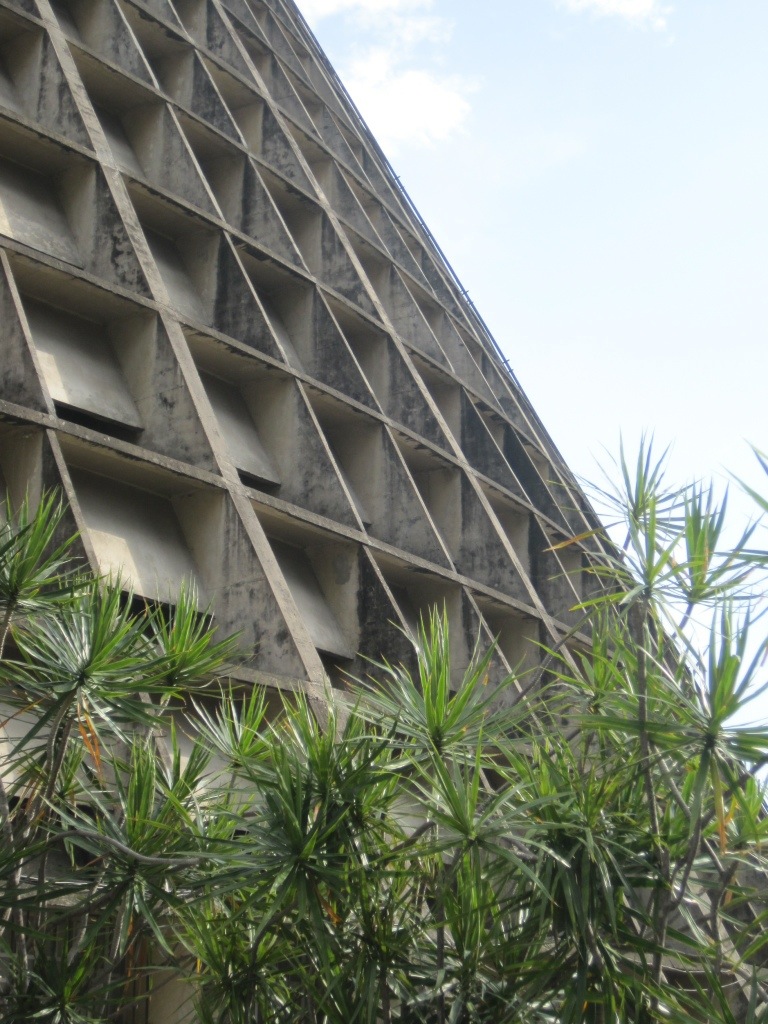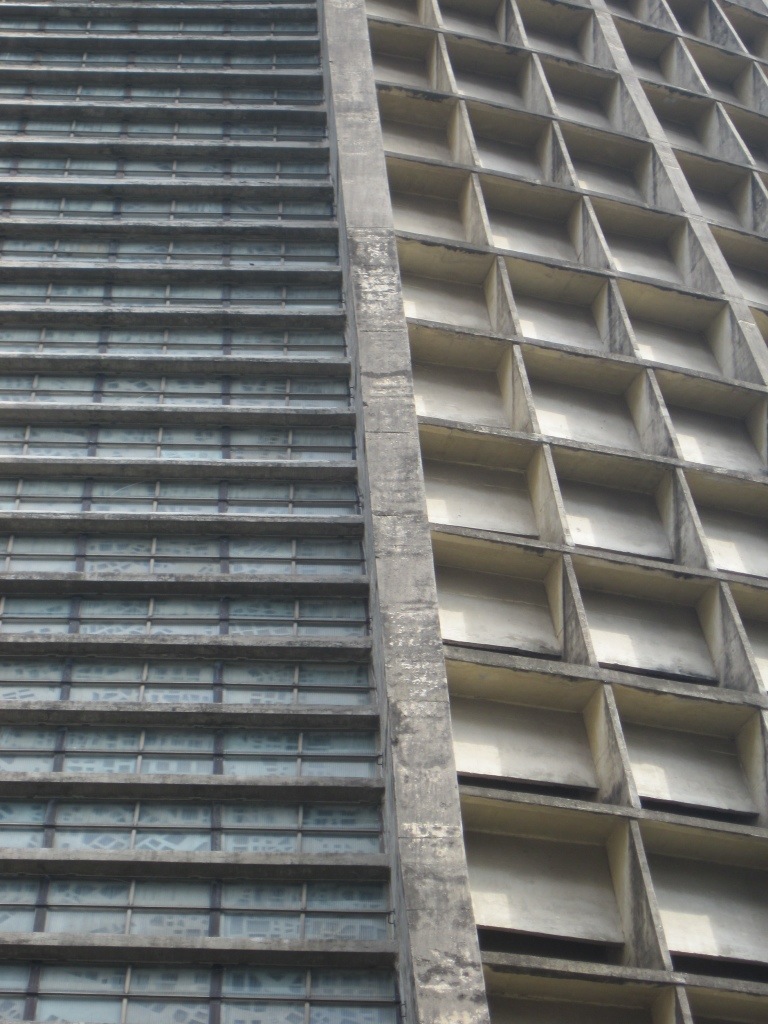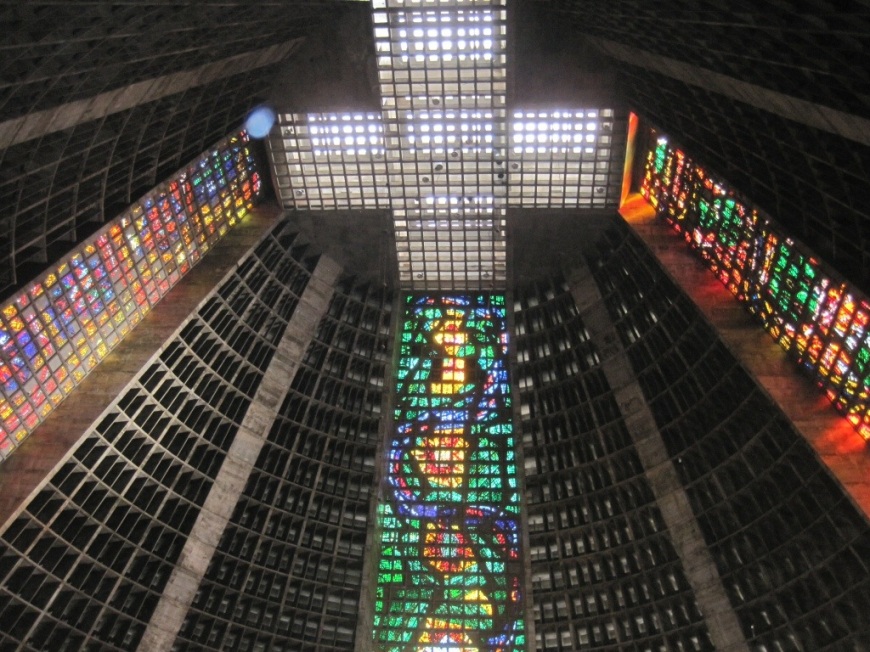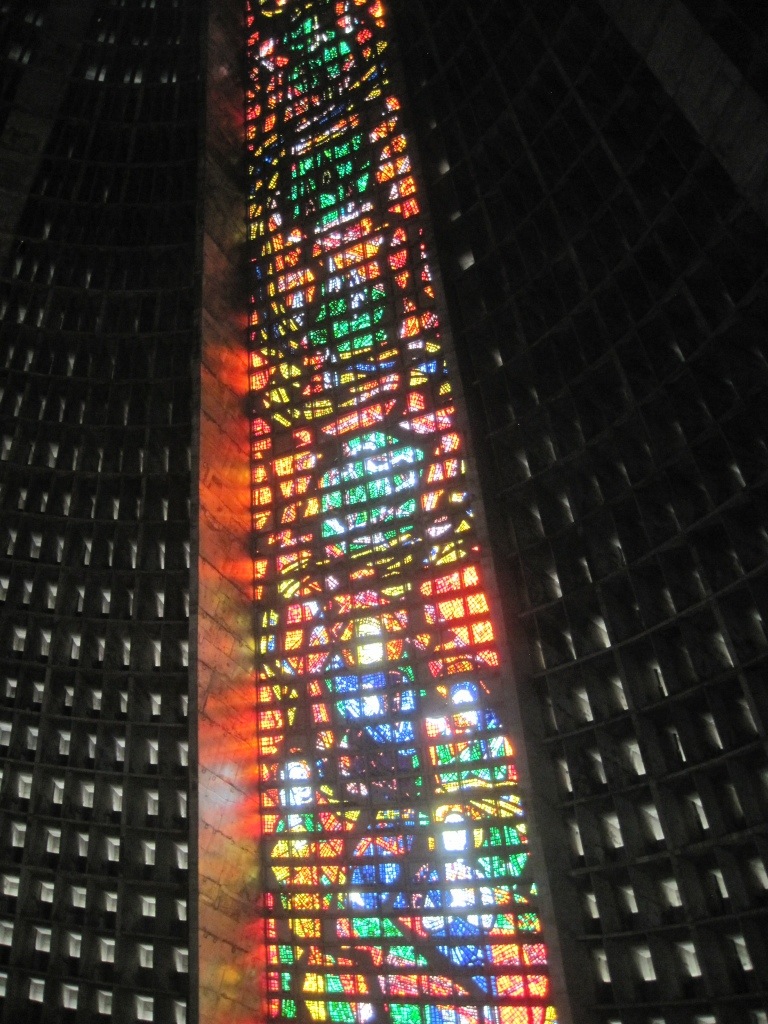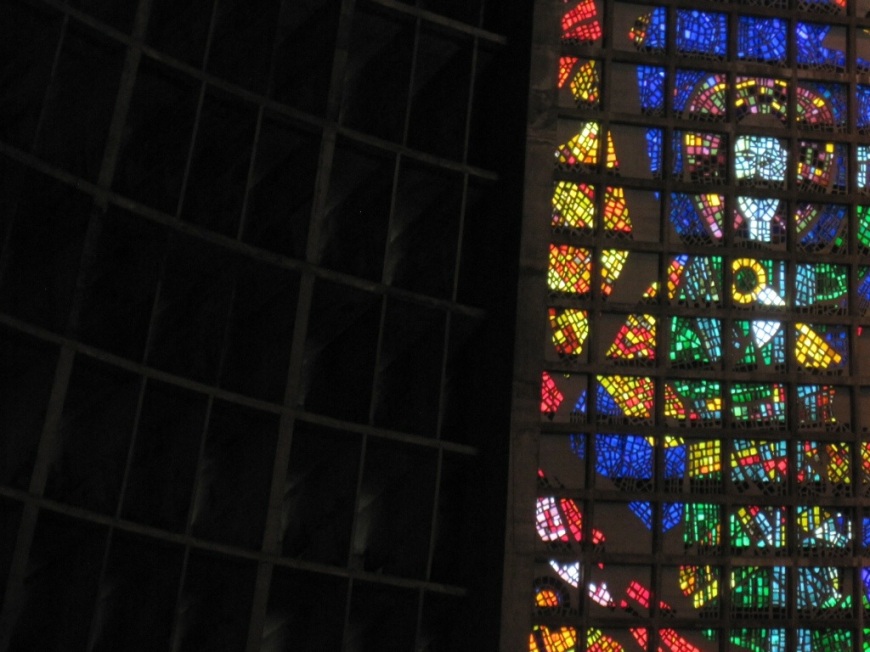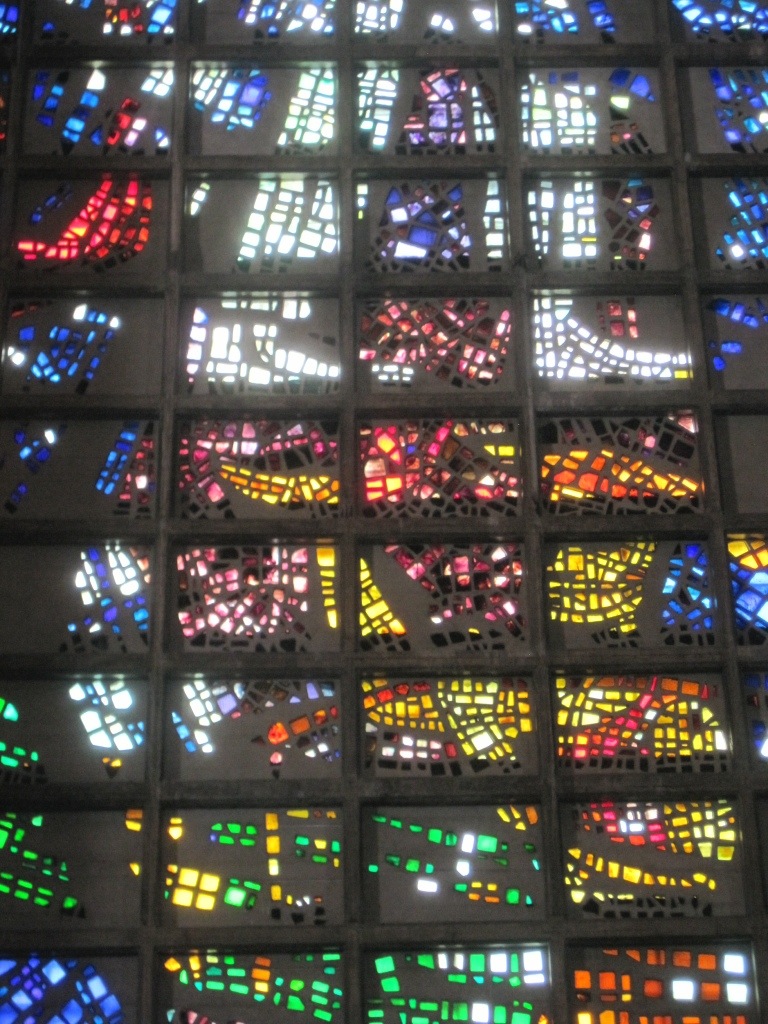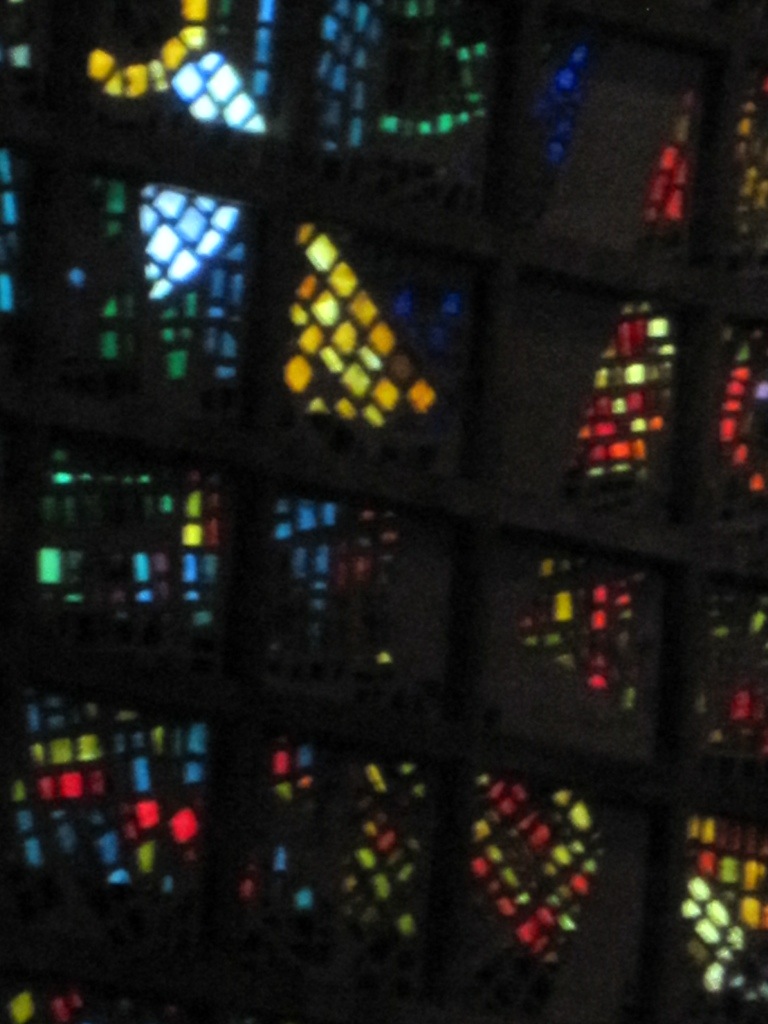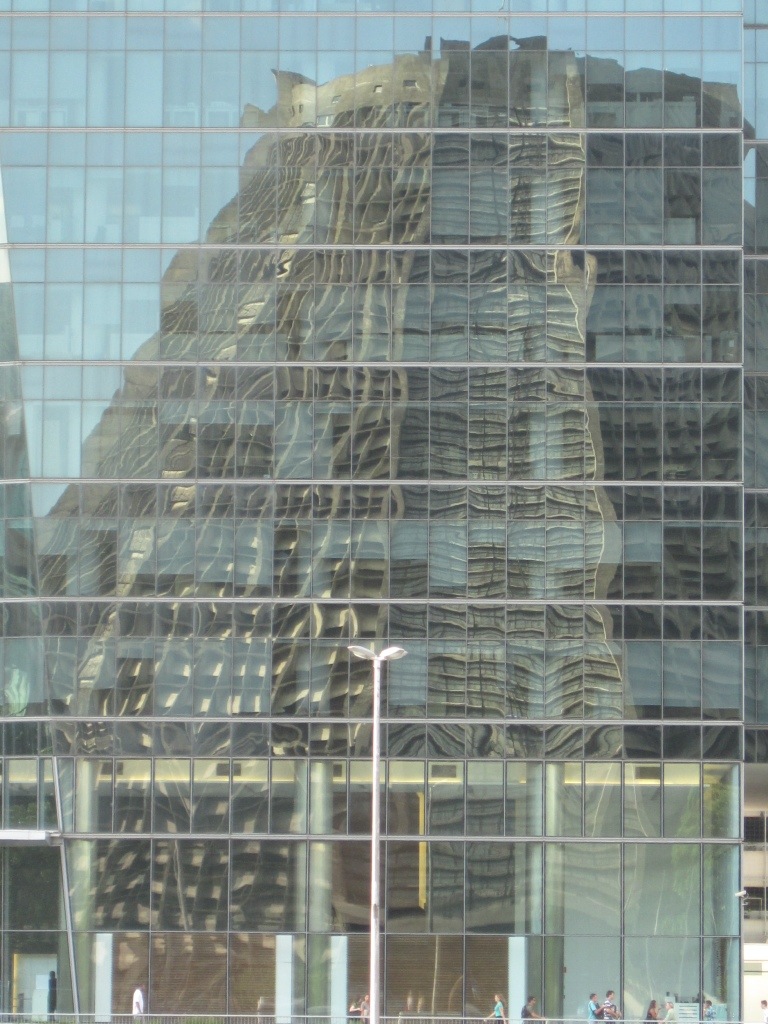Today I headed to two favelas. I had read that in the last year or so they had drastically changed and many, instead of being infested with drug barons and guns, had been ‘pacified’ which basically meant on a set date the police and relevant military (I heard there were tanks involved) moved in and took over the favela…. I didn’t know quite what to expect, or how voyeuristic it would be – in my naivety ‘city of god’ did spring to mind.
A few numbers are required to indicate the enormity of the favelas. There are 1,000 plus in Rio, which equates to 20% of the population, a staggering 1.5 million people. The majority set up home so they would be close to the city; where they work. They tend to work in the hospitality trade, there are also many that work in construction – hence they had the know-how to construct their homes.
A bit of history for you (yep I was a grade ‘A’ student on the the trip). Back in 1889 there was a rebellion in Rio and the authorities enlisted the help of many to quash it. The soldiers set up base in the mountains where the native plant a ‘favella’ grows. They returned glorious and were promised land thanks to their great victory. Of course, this did not materialise so the men decided to just start building houses into the side of the mountain. I’m not sure how this relates, but the year previously slavery was also abolished; whether the slaves were enlisted as soliders or whether give they were homeless and jumped on the soldiers bandwagon and started building there too? Obviously, I was not listening that hard!!!!
History lesson finished, now my take on them. The first noticeable thing was how close they were to those with cash, as we entered the first favela there was the most expensive public school in Rio next door, obviously electric fences and tonnes of security, but it was bizarre none-the-less. Ironically, our first stop in the favela was to take some scenic shots of Rio; they may not have much, money but these views are priceless…
 </a
</a
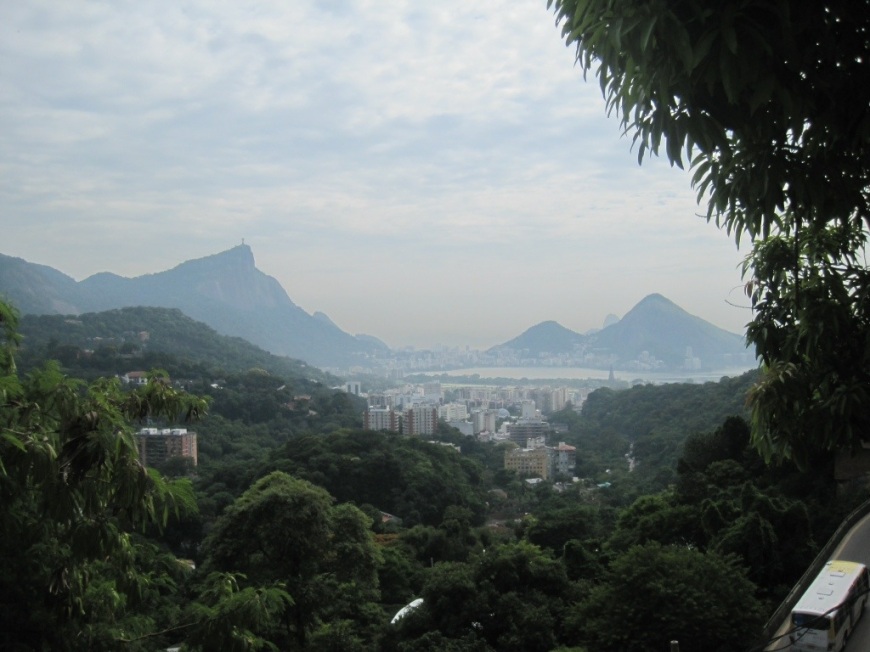
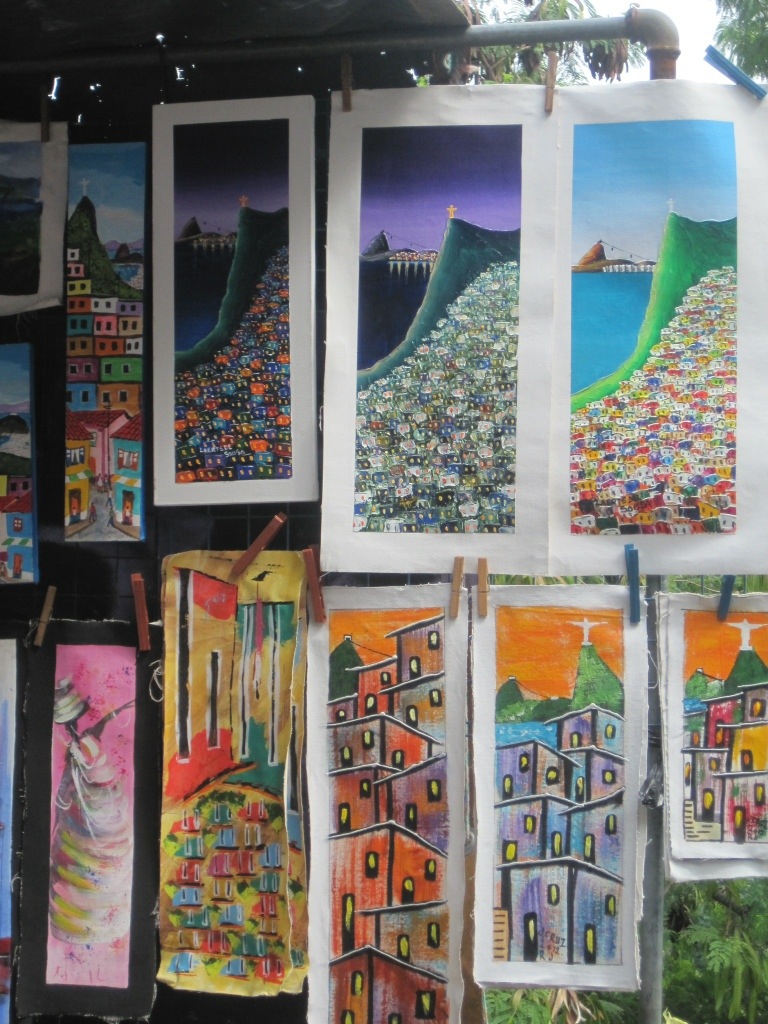
My second observation, and it really could not be ignored, was the smell oozing out of the favelas. Since pacification and the moving in of the UPP, this problem is being addressed. They now have authorities removing rubbish twice daily; I can only surmise that all thebrubbish was just left before. This favela was quite a big one, a conservative estimate of 70,000 folks, Anyway, enough of my rambles, here’s some pix.

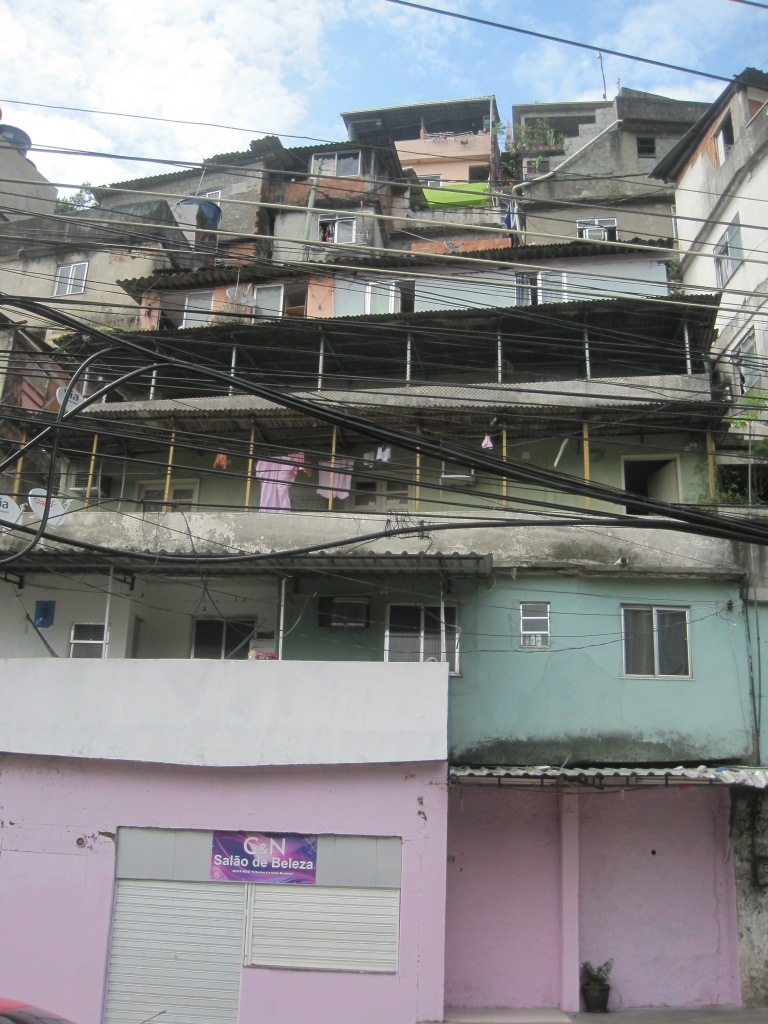

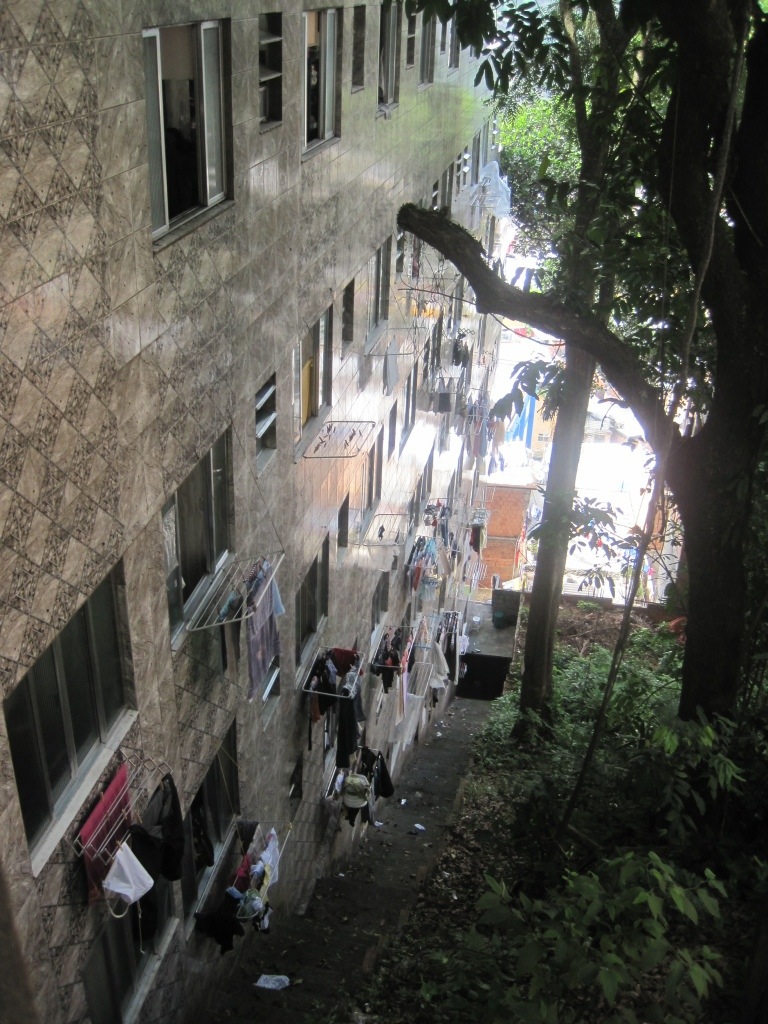
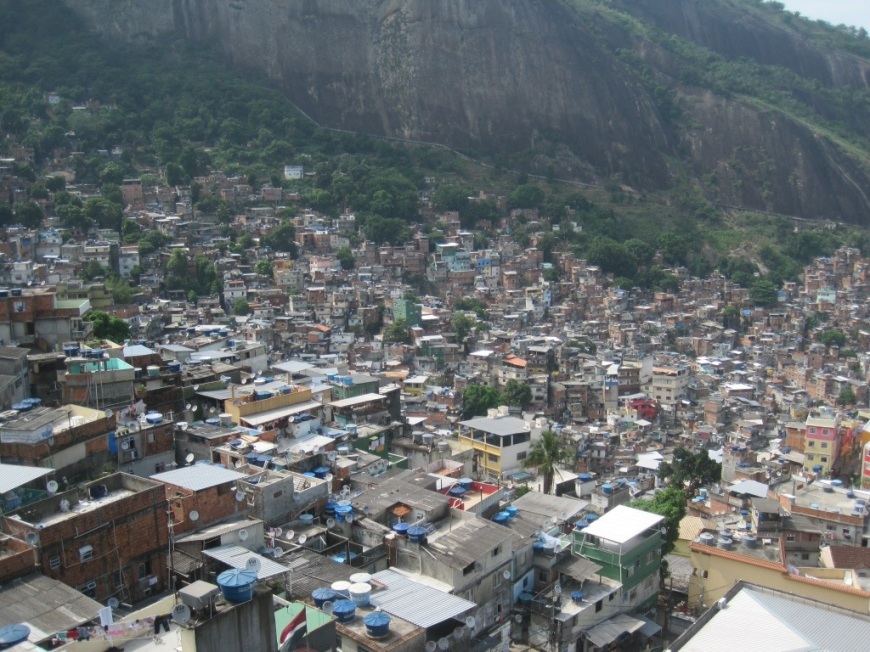
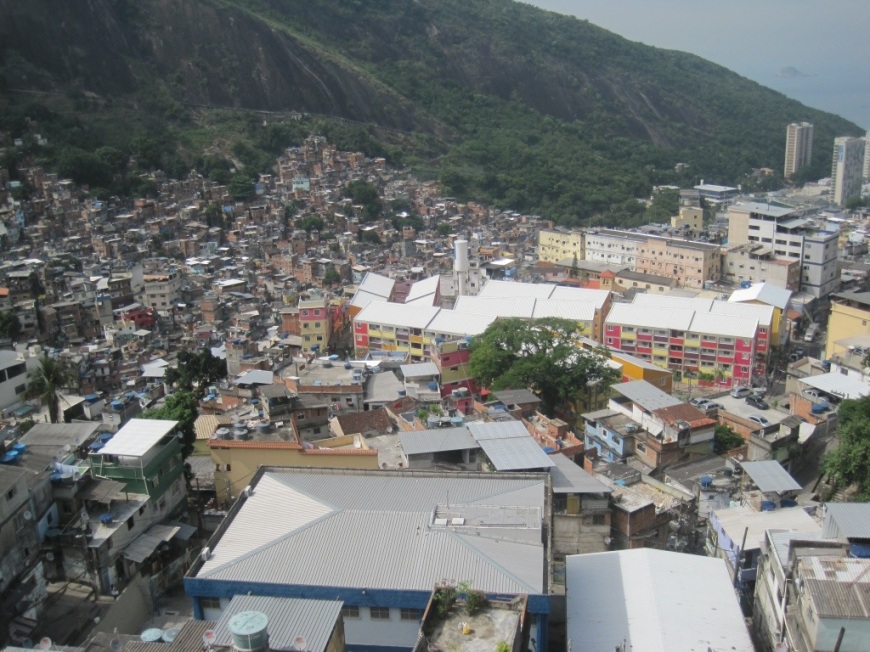 </a
</a
We wandered down the main street and to be honest, aside from the wiring, you could have been anywhere. There was a mixture of stores and I don't know what I was thinking, but everyone just looked like normal folk going about their everyday business.
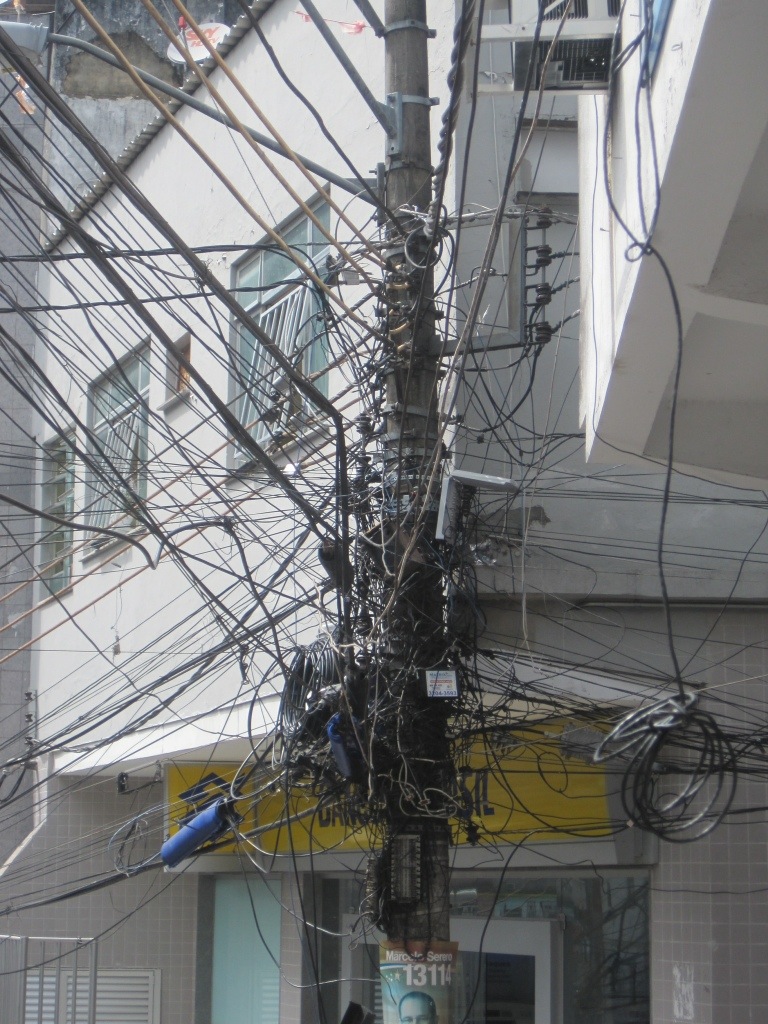
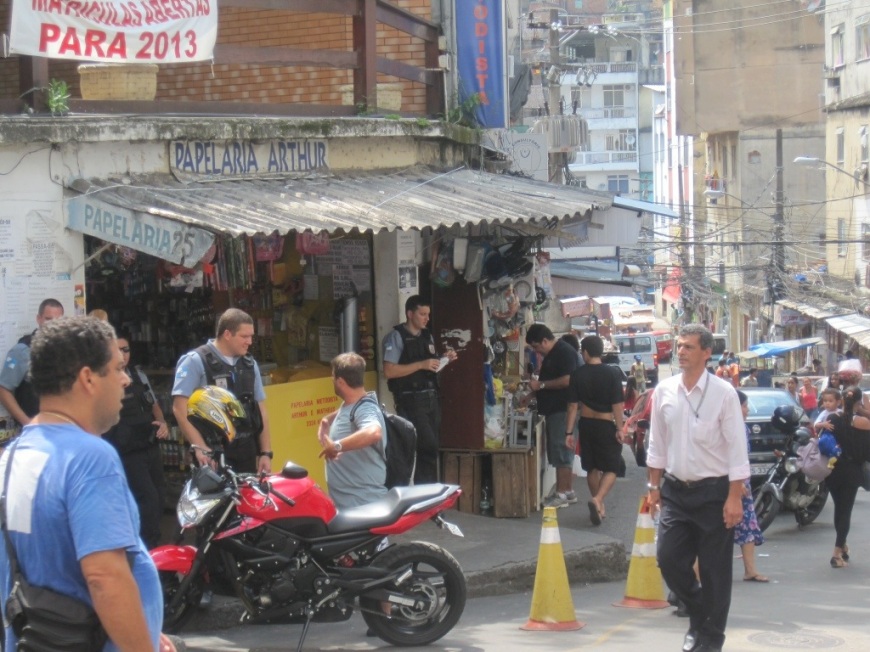


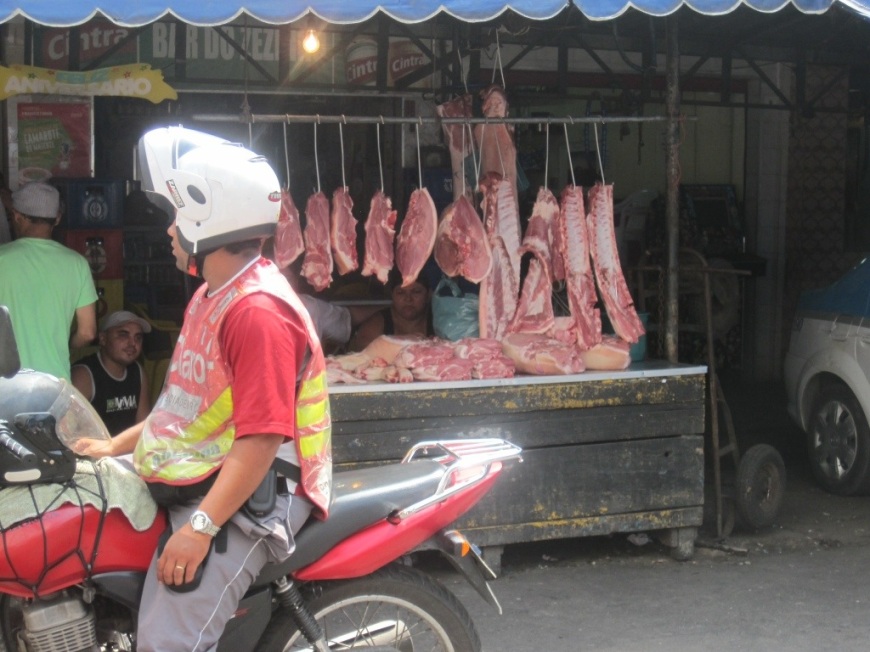

Since pacification, a lot has been done to improve life in the favelas. Community and sport centres, a 24 hour hospital, and in the next year the favela will get a lift which will aid people getting down to Rio and into work more easily. I was especially delighted to see this Oscar Niemeyer bridge – my first glimpse of his work.
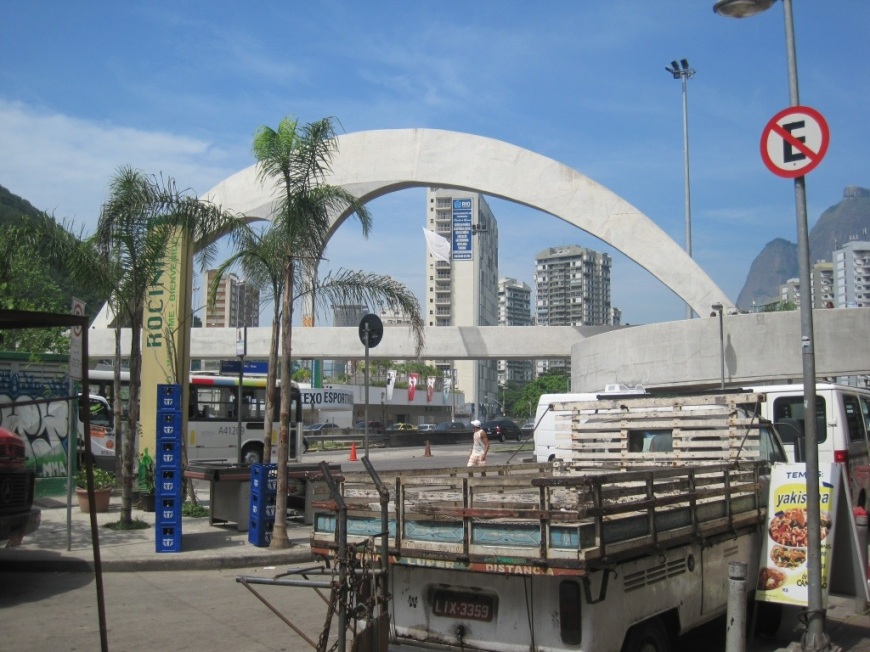
There tends to be one main road in the favelas, the rest of the district is made of alleyways and houses built precariously on top of one another. If you don’t live on the main road, you have to contend with the fact that:
A) it’s obviously a nightmare getting in and out, especially if you need to get to work (to combat this there is fleet of motor cycles who charge 2 real to get you out of the favela)
B) the alleyways aren’t named, so you don’t have an address so it makes getting work difficult, many have post directed to local community.
In the second favela, we visited a school. It’s part funded by the tour group and Italians. The president of Fiat, invested heavily in it 16 years ago and many kids in the favelas are also sponsored by Italian families. Education in Rio is split into shifts, half the kids go to school in the morning and the remaining kids in the afternoon. This poses the problem of what they do when they aren’t at school, ie: get involved with the local drug barons! This is why schools like this one are invaluable, giving them somewhere to go when they aren’t In regular school. It’s the summer holidays in Brazil, so just a few kids were there playing on the computers.

They had a few volunteer teachers and one of them was especially big on recycling, which makes perfect sense when resources are so scarce.

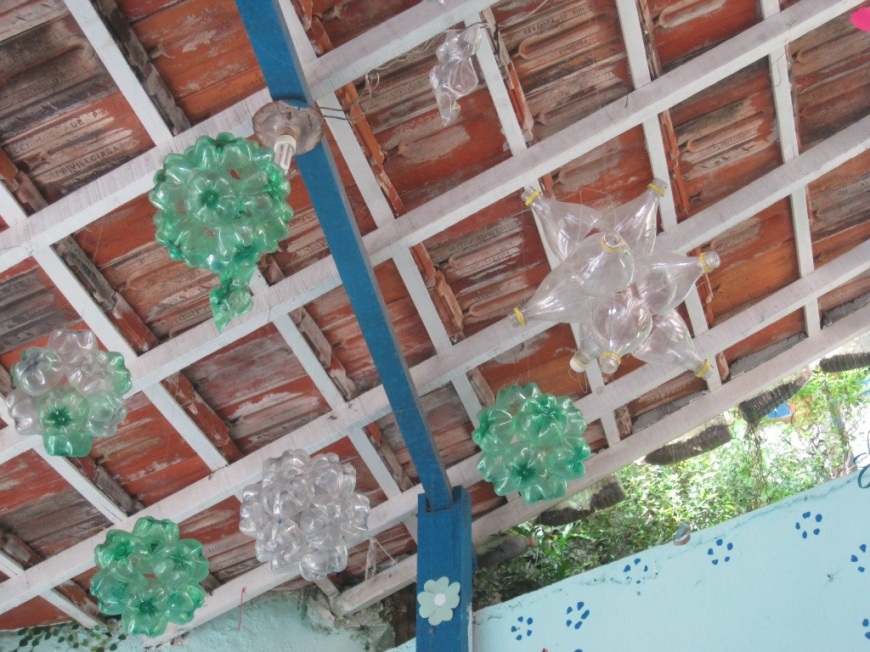
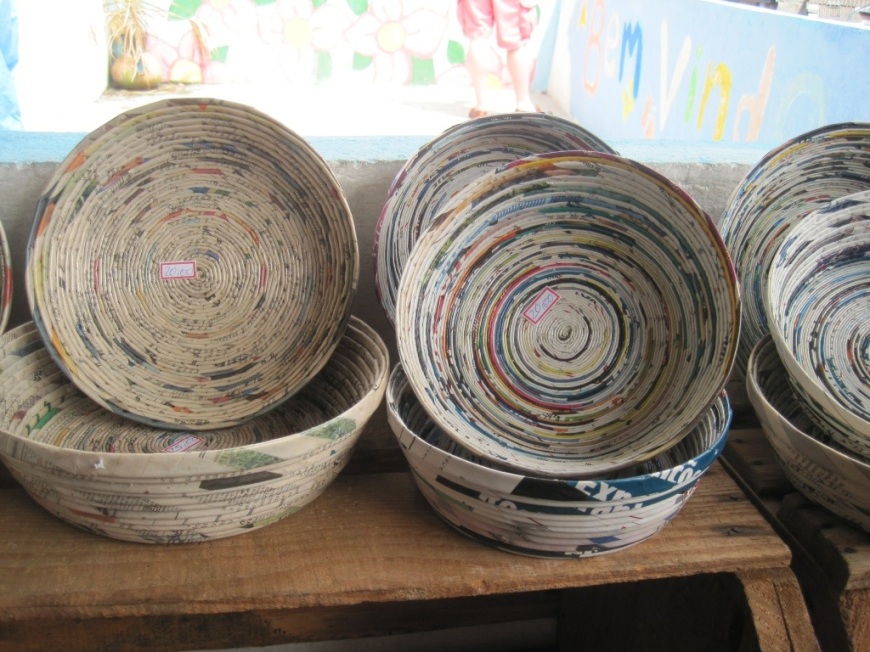
A few more pix…
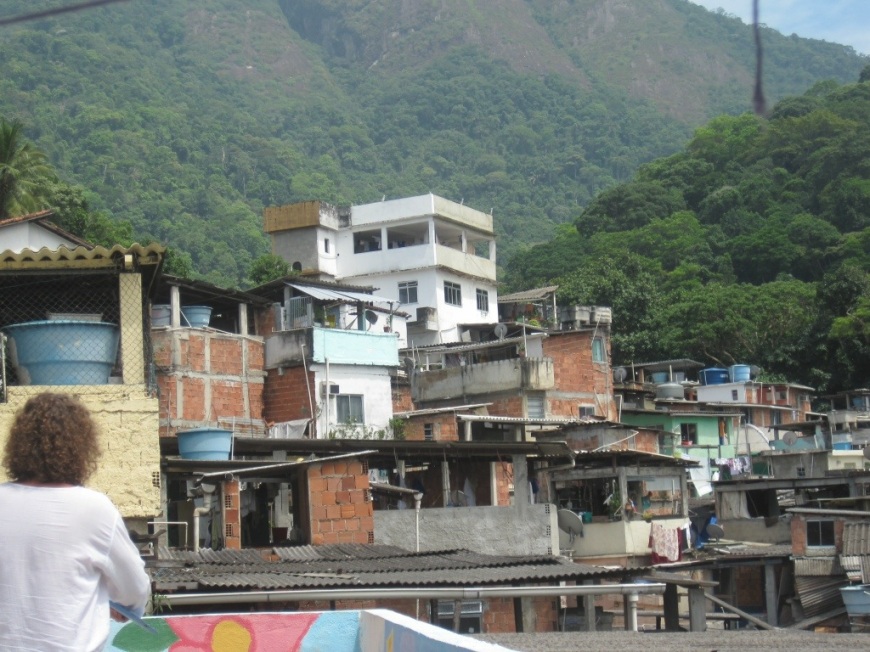
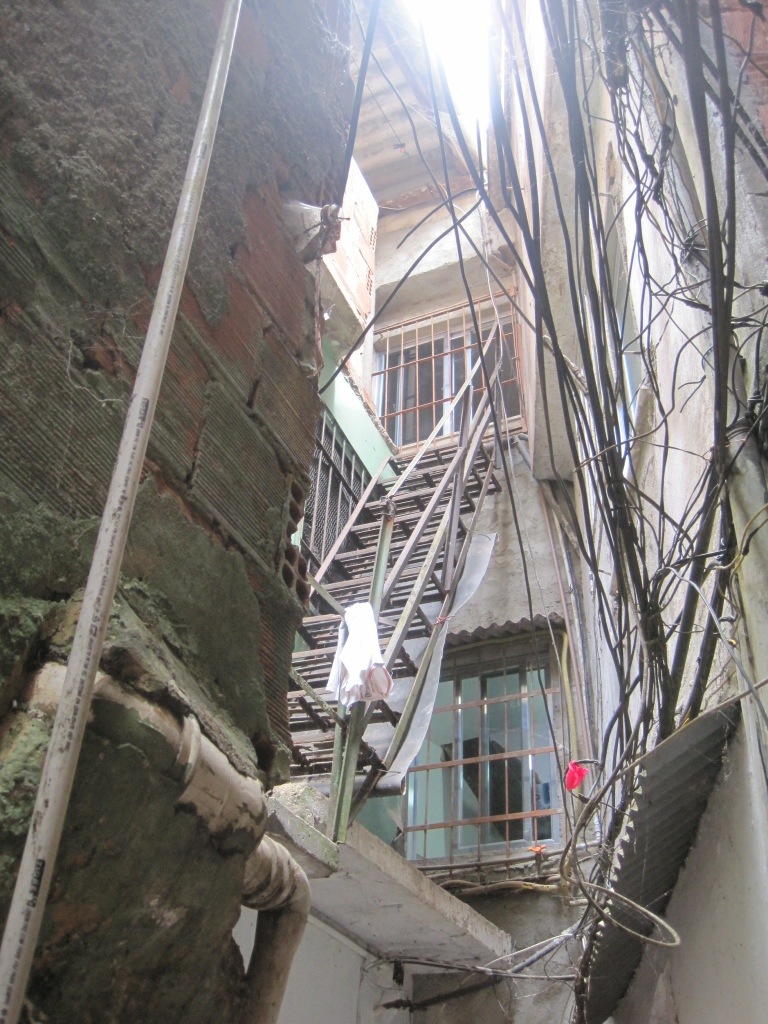
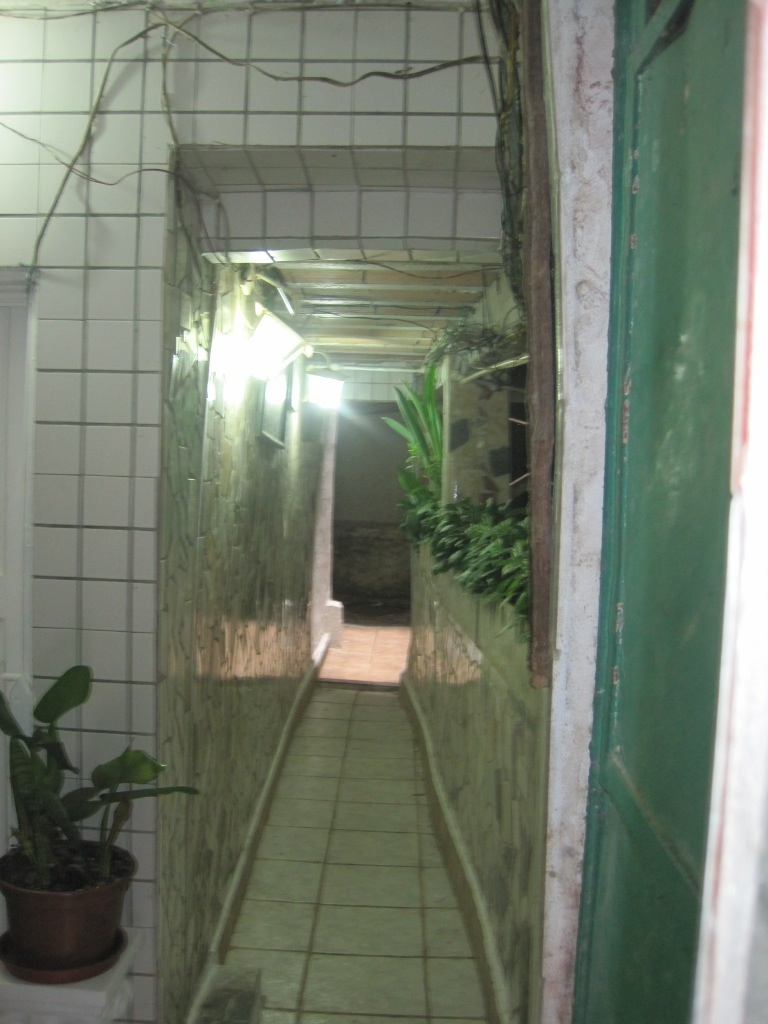

I was unsure how I felt visiting the ‘poor’ and seeing how they lived, it all seemed a bit morally wrong. However on reflection, it was refreshing to see that aside from the conditions they lived in and facilities they did not have (which slowly, but surely are being addressed), they were just folks getting on living their life the best they could. Surprisingly, there was a vast difference in the standard of many of the homes and there is a favela ‘middle class’, however, instead of moving to better areas they have decided to stay put; this is there home and their community; their city of god!
Ciao ciao x
Ps. This post has been a real labour of love, three attempts and it’s eventually done!

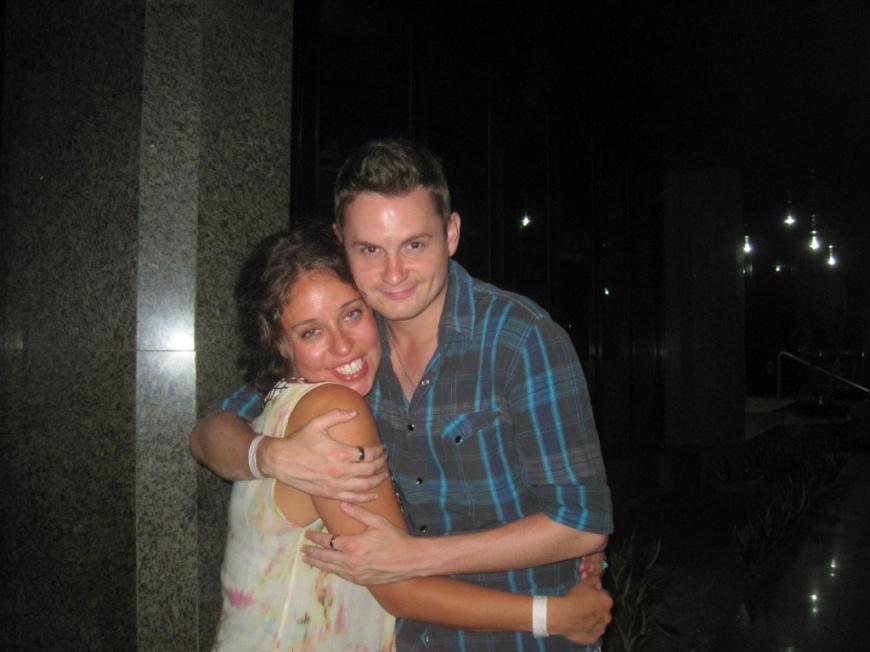
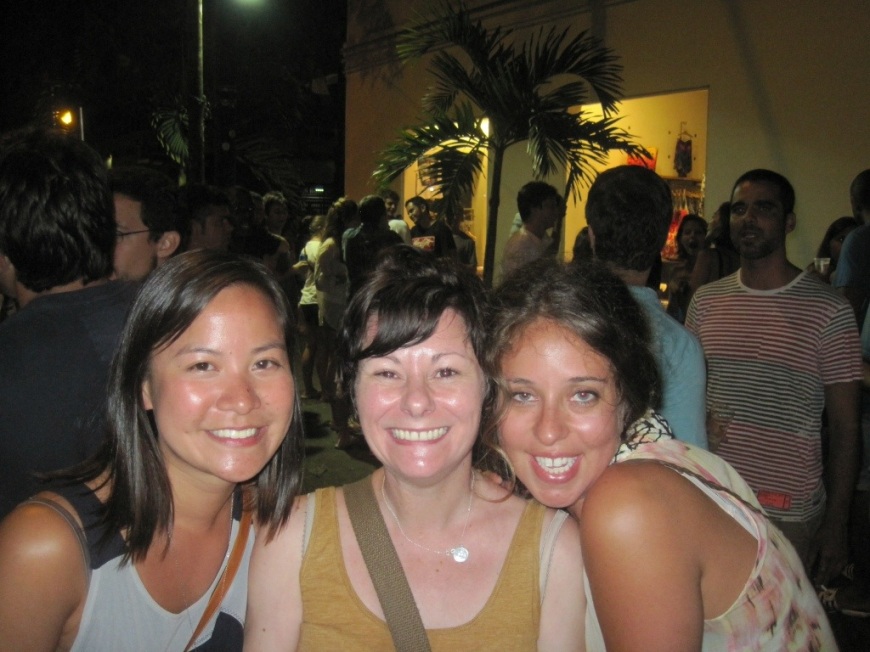

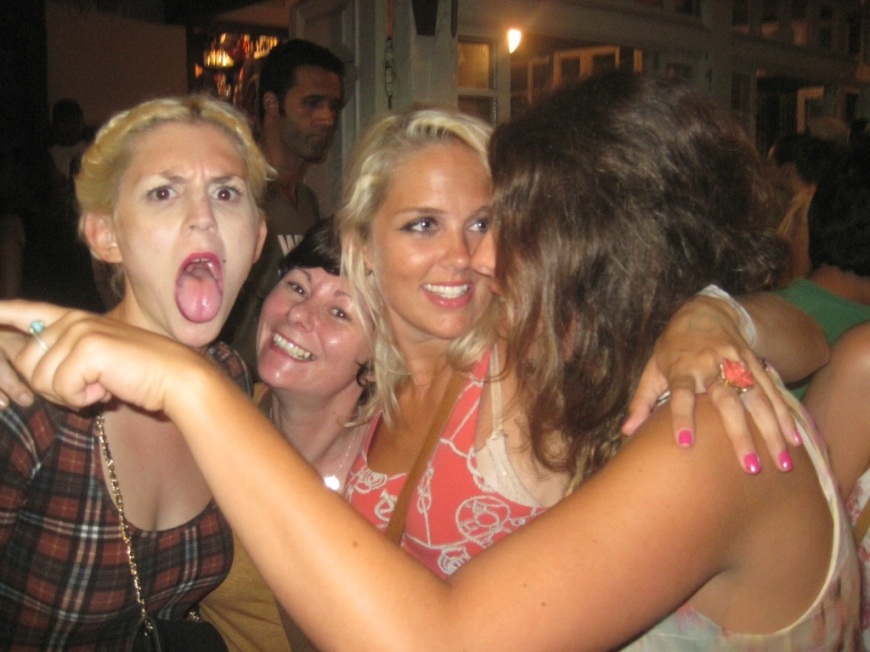
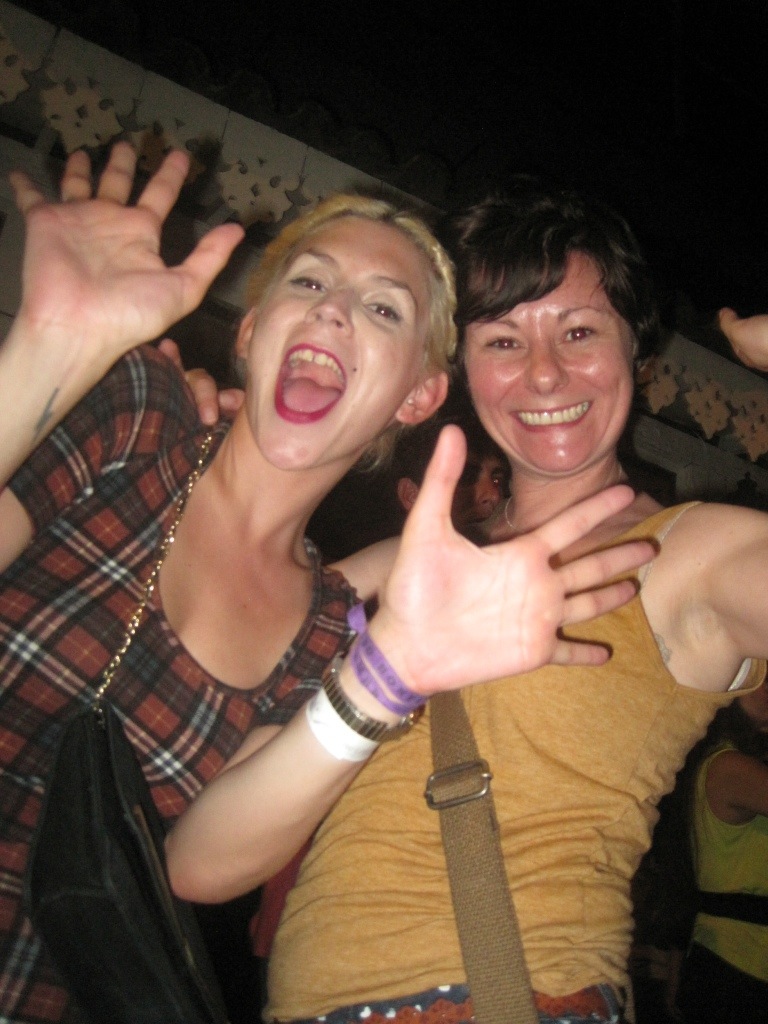


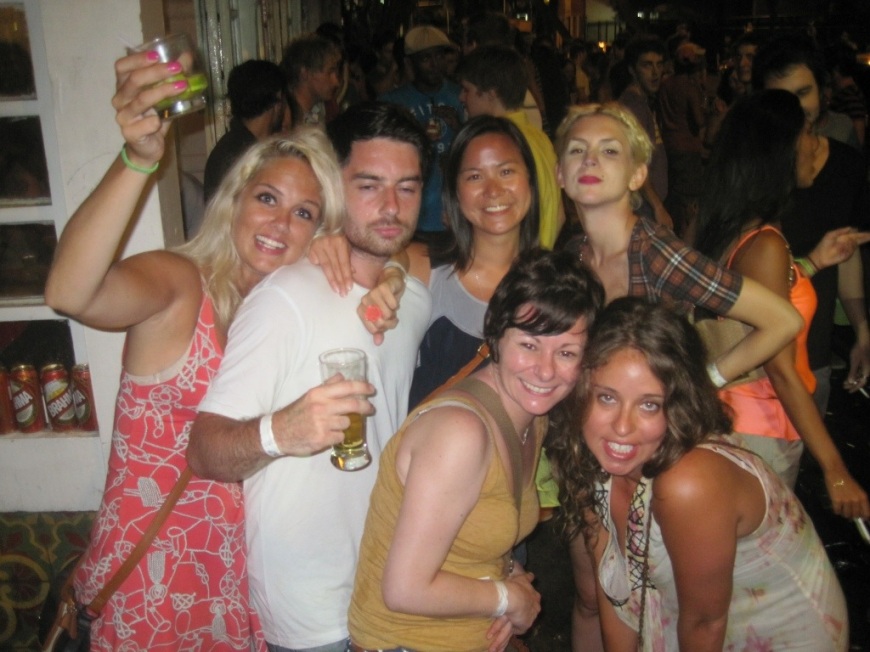
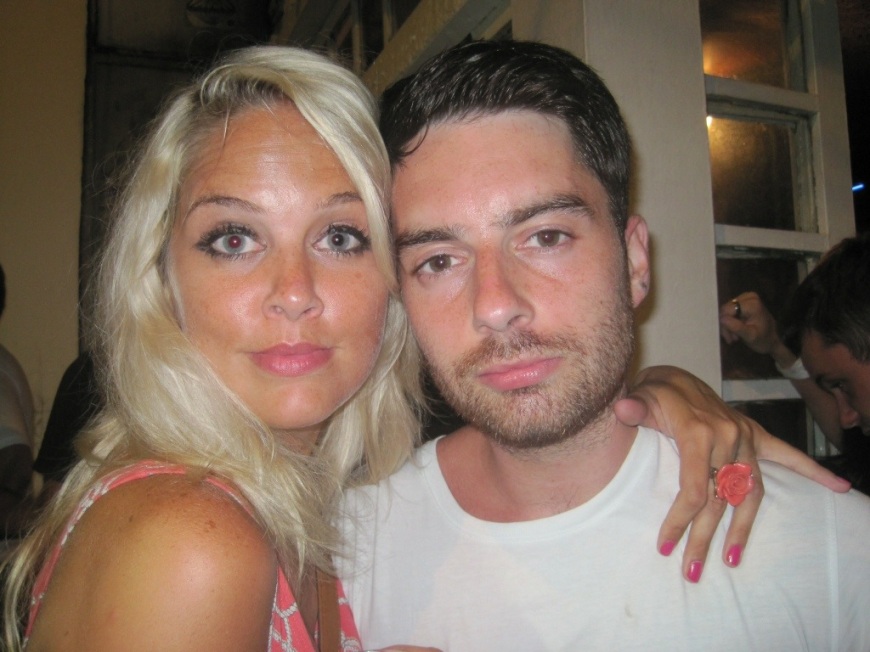
 </a
</a






 </a
</a















